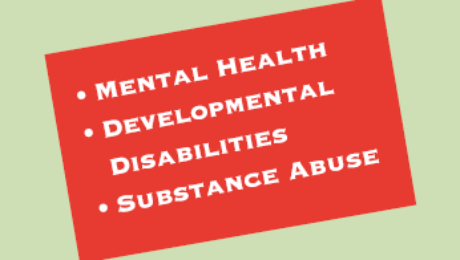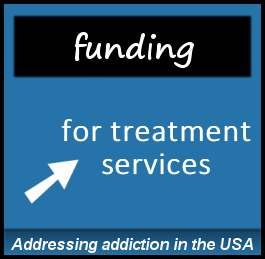Powerful Message in The Overtaken Documentary
Friday, 24 June 2016
There is a powerful and informative short film out – produced by KB Films, and entitled “The Overtaken Documentary“. The film addresses addiction in America and the various ways in which young people are introduced to drugs. The Overtaken Documentary expertly highlights the insidious nature of addiction progression and how youth are wired to typically
- Published in Addiction in Media, Addiction Recovery, Current Drug Trends, Drug Addiction, Faith and Inspiration, Heroin Overdose, Information for Parents, Marijuana Addiction, Prescription Drug Abuse, Prevention and Intervention, Stimulant Abuse, Street Drugs, Teen Substance Abuse
No Comments
ADS CEO, Ron Rau, In Attendance at Historic Naloxone Bill Signing
Tuesday, 21 June 2016
Historic NC Legislation More than 1000 people die each year in North Carolina as a result of opioid overdose. On June 20th, Governor Pat McCrory signed legislation authorizing NC pharmacies to make available, without a prescription, the life-saving drug: naloxone. Naloxone has been used by first responders and other medical professionals across the country to
Controversial Proposal to Allow Heroin In Ithaca, New York
Wednesday, 25 May 2016
CNN has posted a story about the mayor of Ithaca, New York proposing that the city host a program which would allow addicts to legally inject heroin at a designated safe place. The approach is a harm reduction strategy that has been reportedly tried in Europe, Australia, and Canada. Ithaca’s mayor, Svante Myrick, is quoted
Heroin Help Cards in High Point
Monday, 16 May 2016
The High Point Police Department has been a steadfast supporter of addiction treatment and in assisting people with addiction problems find the help that they need. Their most recent effort is the use of Heroin Help Cards. WFMY News2 aired a segment highlighting this new initiative in which High Point Police Officers will hand out
CNN Special Show On Prescription Addiction
Thursday, 12 May 2016
CNN aired an informative special program on 5/11/2016, Prescription Addiction: Doctors Must Lead Us Out. The one hour special was hosted by Anderson Cooper and neurosurgeon Dr. Sanjay Gupta. It specifically addressed how the current opioid epidemic in America has been driven by the over prescribing of opioid medication. Various doctors, recovering addicts, and others
W-18 Reported To Be Dangerous Street Drug
Thursday, 05 May 2016
The CBS-affiliate station out of Connecticut, WTVR, reported this week that a new street drug is being sold in the United States and Canada. It is called W-18 and is a synthetic opioid first developed in a Canadian lab in 1981. Emergency medical personnel have stated that a small amount of the drug is powerful
$30 Million Proposed For NC Substance Use and Mental Health Disorders
Monday, 25 April 2016
The NC Council of Community Programs just published its bi-monthly newsletter. In it, Governor McCrory proposed that $30 million dollars be allocated for Substance Use Disorders, Mental Health, and Developmental Disabilities. Included in the allocation is a standing order which allows naloxone to be dispensed to anyone who requests it. Approximately 2500 lives were saved
Lethal Overdose Map of the United States
Thursday, 14 April 2016
Using CDC statistics from 2002 – 2014, TIME has produced a coded map of fatal overdoses in the United States. In the graphic below, red areas are geographical locations with the highest concentration of fatal overdoses per capita. The study has a disclaimer however which states that small counties are not represented as accurately on
Funding For Drug Treatment Services (Opinion)
Wednesday, 13 April 2016
I began counseling in a North Carolina outpatient substance abuse treatment center in 1988. For the next 12 years, there seemed to be a sufficient level of state funding for detox, and inpatient and outpatient drug treatment services. Facilities were staffed well, clinical teams were typically well-trained, and substance abuse treatment programs were equipped to
Touching Stories – Heroin Lives Here
Tuesday, 12 April 2016
North Carolina Health News published a thought-provoking article profiling the heroin problem in rural North Carolina. The piece is titled “Heroin Lives Here” and documents how heroin began to infiltrate NC communities leading to unexpected overdose deaths from an unprecedented influx of heroin from Mexico. Taylor Sisk is the article author. “Heroin Lives Here” focuses










